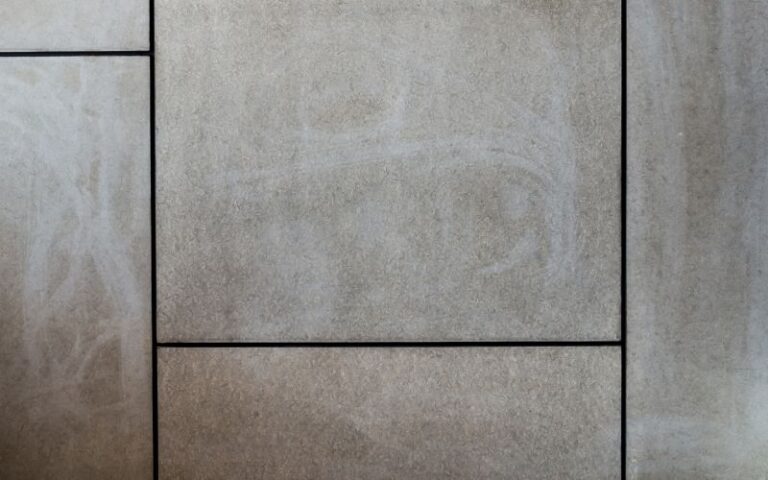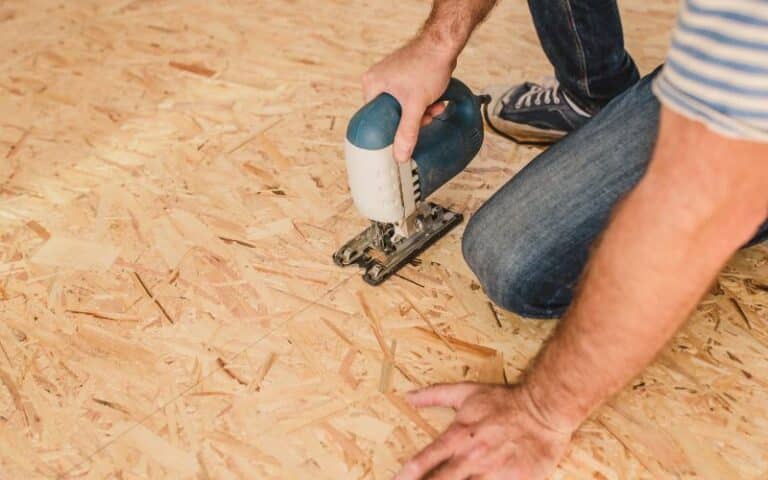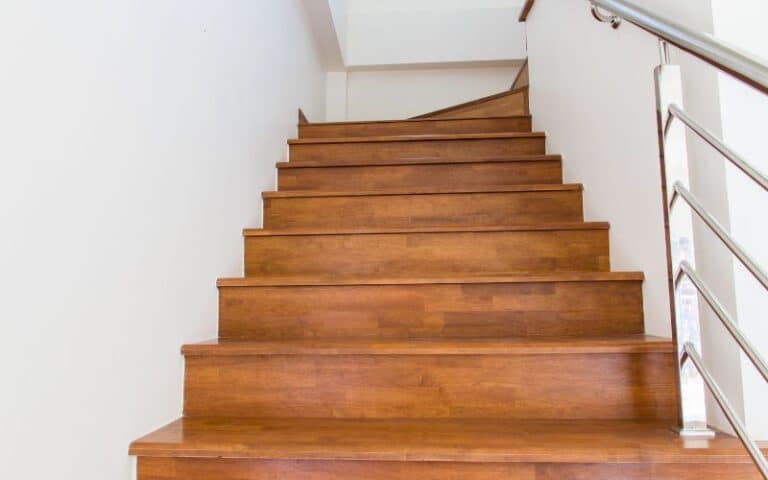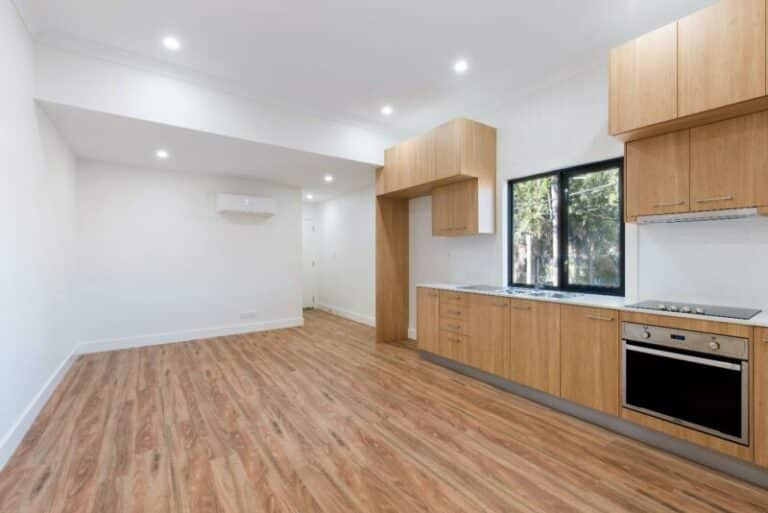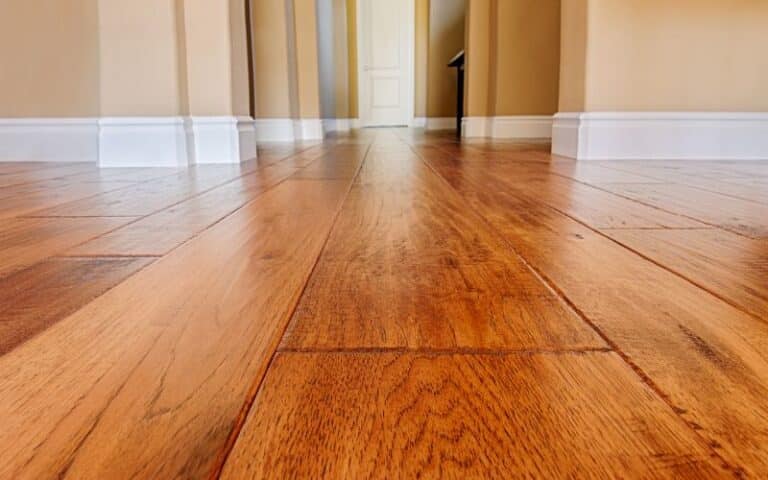Most people have witnessed a condensed duct in their home or workplace; some refer to it as a sweating duct because of its appearance.
However, despite how common it is, many people don’t know what causes condensation on ductwork in a building or if you can prevent it.
If you’re faced with issues of condensation of ductwork and are confused about how to handle it, you’ll find the right answers here.
Condensation on ductwork between floors is caused by high humidity levels in your home or poor airflow to get rid of cold air. It can also happen if there’s leaking air from your air conditioner. However, you can fix it by sealing, cleaning, or insulating your ducts or hiring a professional for repairs.
In this article, I’ll explain why condensation occurs on your ductwork between floors and how to prevent it when it gets excessive.
By the end, you’ll know what to do during installation to prevent excessive condensation and if a humidifier can stop it.
Ready for a Flooring Quiz?
4 Reasons Why Condensation Occurs on Your Ductwork Between Floors

Leakages, excess humid air, clogged air filters, or lack of airflow in your HVAC usually cause condensation in your ductwork between floors.
You must ascertain which causes apply to your ducts to find a befitting solution and eliminate the condensation.
Below are detailed explanations for the causes of condensation on ductwork to help you figure out which of them applies to yours;
#1. Excess Hot or Humid Air Indoors
Summer is one of the most common times of the year when people experience condensation in their ductwork.
This is because of the high humidity levels and hot air that finds its way into the home and ends up causing the ducts to sweat.
The condensation in your ductwork happens when that hot air rests on a duct with cold air and is transformed from vapor to moisture.
This newly formed moisture drips on your floors, drywall, or furniture until the problem is rectified.
#2. A Leak in the Roof
A leaking roof is another leading source of condensation in your ductwork, especially when the leak isn’t discovered early.
If there’s an undetected leak in your roof and the moisture from your roof travels into your AC ducts, condensation is bound to occur.
Unfortunately, moisture in your AC ducts can cause various complications, so it’s best to hire a professional for repairs as soon as possible.
#3. A Poorly Insulated Duct
Insulation plays a huge role in protecting your ducts from moisture, mold, bacteria, mildew, and condensation.
However, a poorly insulated duct is prone to the issues mentioned above because the duct doesn’t have a solid shield from them.
When your ducts are insulated with poor materials, you’ll likely struggle with condensed ducts during summer or a leakage.
Aside from the ideal insulation material, you’ll also need airtight insulators to keep out humid air and moisture.
#4. A Clogged Air Filter in your HVAC
A working air filter keeps mold, dirt, and other impurities out of your ducts, but it can only serve this purpose if it’s frequently cleaned.
If you neglect cleaning your air filters, they’ll get clogged, and air will get trapped in your AC ducts.
The trapped air will then be converted from vapor to moisture over time because it has nowhere to flow through.
If the air filter is not replaced or cleaned on time, it may cause more complications aside from the condensation of your ducts.
How To Stop Excessive Condensation on Your Ductwork Between Floors?
If you live where the weather is humid most of the year, you might be unable to eliminate condensation.
However, you can reduce it to a minimum when you insulate the ducts, clean your air filters, seal the ducts or fix your damaged insulation.
Below are detailed explanations of the various ways you can stop excessive condensation in your ductwork between floors;
#1. Attach Insulation to the Ductwork
If your ductwork doesn’t have insulation shielding it from moisture and humid air, there’s nothing you can do to stop condensation.
The most important step in fighting condensation is attaching insulation around the ductwork to ward off humid air.
This installation requires a professional repairer and top-tier insulation material like fiberglass or rock wool.
#2. Repair any Damage to the Insulation
If your insulation gets damaged and the ductwork in your house loses its protective covering, condensation is bound to strike.
You can avoid this by getting a professional to fix the damage in your insulation the moment you notice a problem.
Sometimes, after a professional runs a check, they might decide to replace your insulation completely.
However, condensation will occur if a replacement or repairs are done, but the insulation isn’t tightly fitted around the ducts.
#3. Clean your HVAC Air Filters
You must ensure that your HVAC’s air filters are cleaned every week to about clogging that can result in condensed ducts.
You can clean them by rinsing them thoroughly with water and allowing them to dry before replacing them.
However, if you can’t clean them properly, you should opt for a replacement instead of reusing a dirty air filter.
As a rule, whether they’re clogged or not, you should install a new air filter every three months without fail.
Below is a table that shows the various causes of condensation in ductwork and the best solutions to aid you in tackling it;
| Causes of Ductwork Condensation | How To Remedy Them |
|---|---|
| Hot or humid air from outdoors. | Reduce the humidity levels in your home or use a dehumidifier. |
| The duct tubes are clogged with dirt, minerals, or algae. | Clean the duct tubes regularly |
| Restriction of airflow within the ducts. | Clean your air filters regularly and replace them every three months. |
| A leaking drip tray. | Hire a professional to repair the leakage. |
| Poor insulation in the ducts. | Contact a professional to inspect and replace the insulators. |
| Poor choice of insulation material. | Change the insulation material from metal to fiberglass. |
How To Prevent Excessive Condensation on Ductwork: Three Things To Do During Installation?
You can easily prevent excessive condensation in your ductwork, especially if you take precautions while installing it.
The most important step in preventing excessive condensation in ductwork is to build insulation within and around it during the installation.
However, if you need in-depth instructions, below are three things you must do during your ductwork installation to prevent excessive condensation;
#1. Cover the Ducts With Insulation
Your home’s ductwork must be protected by insulation, or you risk spending money on duct repairs from condensation every summer.
You must choose a durable material that will not fail you over the years, so it’s best to use fiberglass for your duct insulation.
It serves as a flexible and long-lasting material for insulating the inner and outer parts of your ducts in the home.
Fortunately, fiberglass is also an affordable and commonly sold option, so you don’t have to stretch past your budget.
#2. Ensure That the Ducts are Sealed Properly
You could use the right materials for insulating your ducts and still experience condensation if they’re not sealed properly.
The installer must tightly seal the ducts and insulation during installation, and you can ask the professional to run a test to be certain.
An unsealed duct is a pathway for humid air, water leakage, mold, mildew, bacteria, and condensation.
#3. Fix Leakages that May Affect your Ducts
Moisture is one of the leading causes of condensation in ductwork, so it’s best to keep unwanted moisture as far away as possible.
You can achieve that by fixing cracks or leaks in the roof before you install your ducts to avoid problems in the future.
Also, you should check the ducts themselves for tears before installing them to eliminate the possibility of condensation.
Can a Humidifier Stop Excess Condensation of Ductwork Between Floors?
One of the primary causes of condensation of the ductwork in a home is increased humidity levels due to weather changes.
Many people believe that a dehumidifier should be a reliable solution to reduce humidity levels, and they’re right.
A dehumidifier can work wonders to remove excess moisture ushered in by humid temperatures to prevent condensation.
You can place the dehumidifier close to your ductwork to ward off humid air and keep the humidity levels in your home low.
However, you must regularly check the dehumidifier’s reservoir and empty the water content to avoid overflow.
Frequently Asked Questions
What Causes Excessive Condensation in Ductwork?
Restricted airflow, clogged air filters, high humidity levels, or poor insulation cause excessive condensation in ducts.
What Causes Moisture in the Ducts?
The moisture that forms during condensation happens when the hot or humid air touches the cold ducts.

